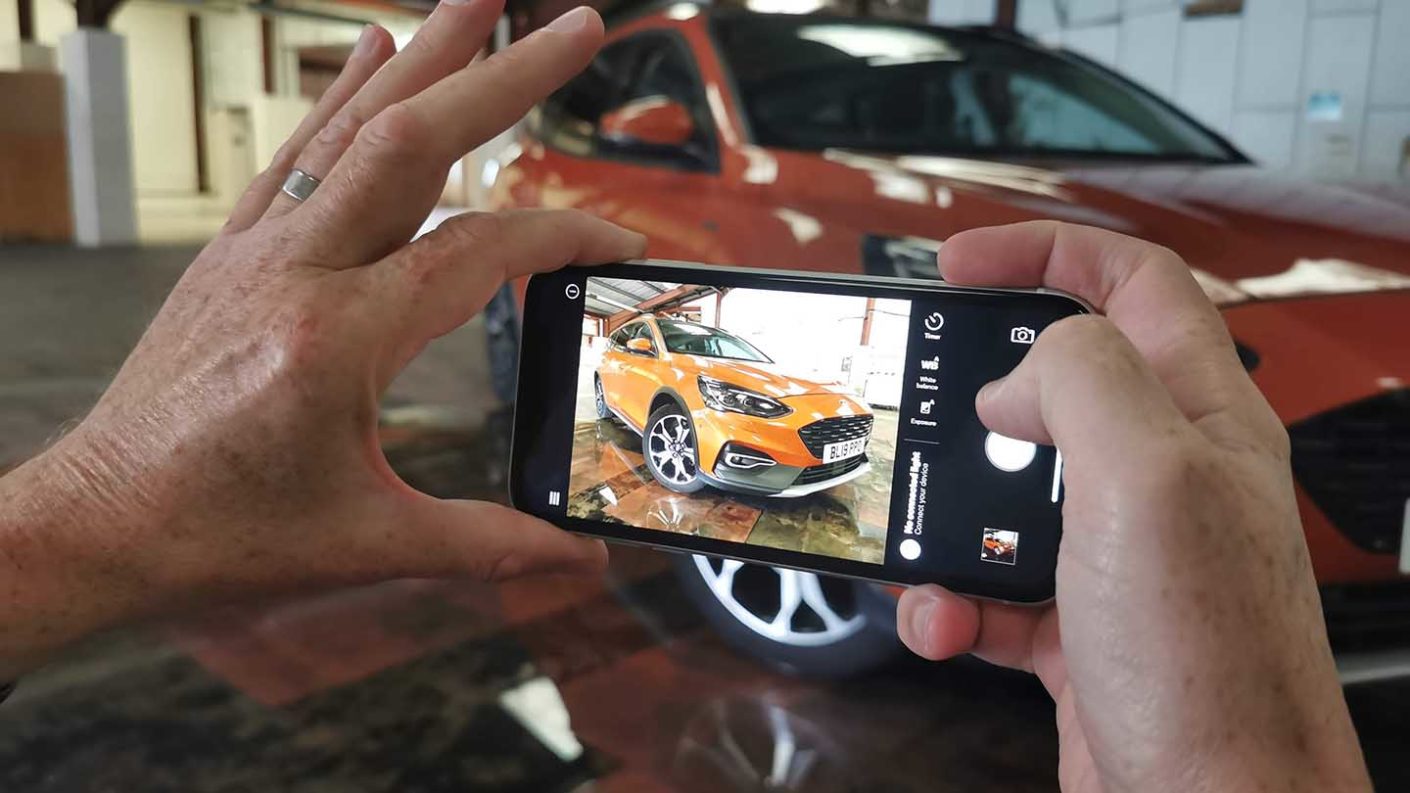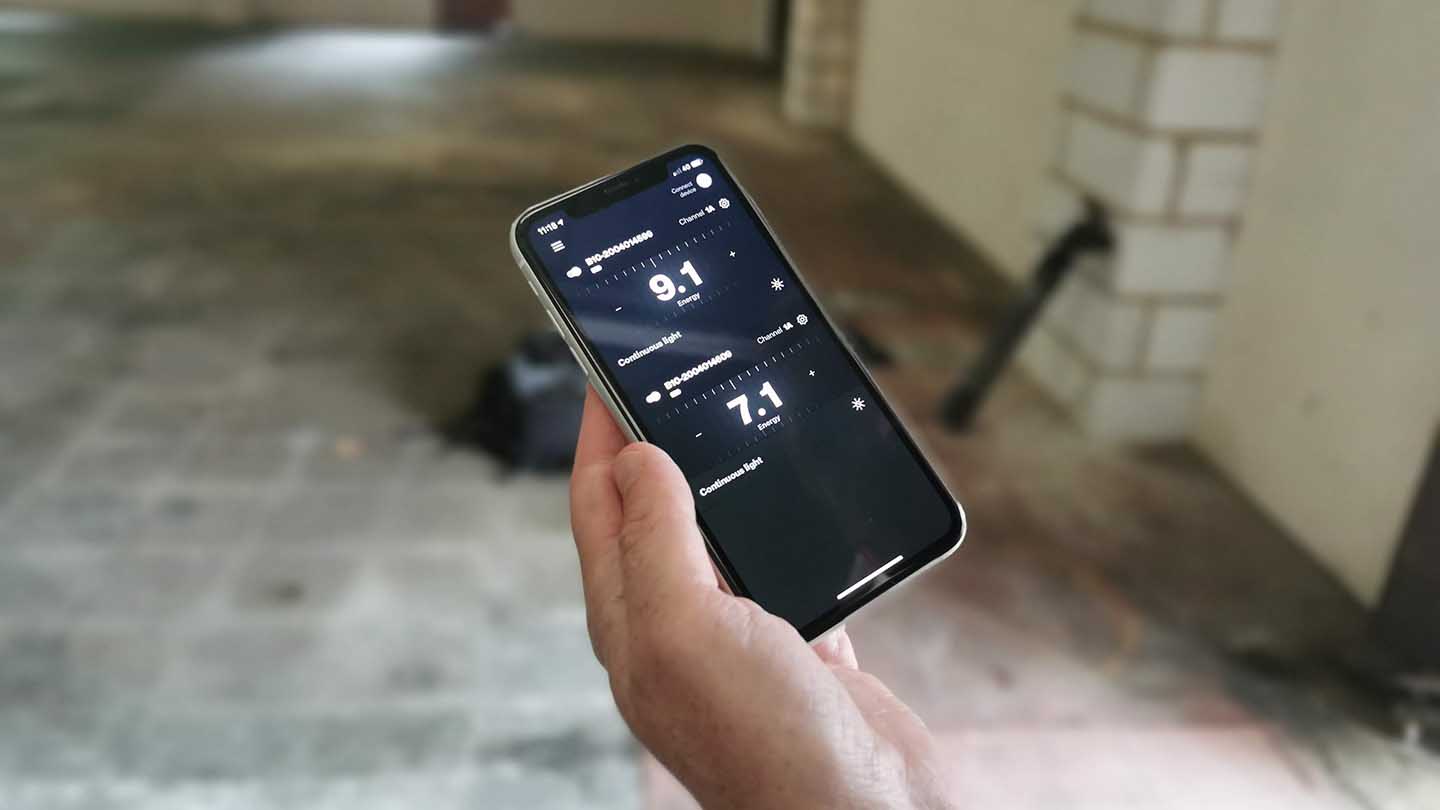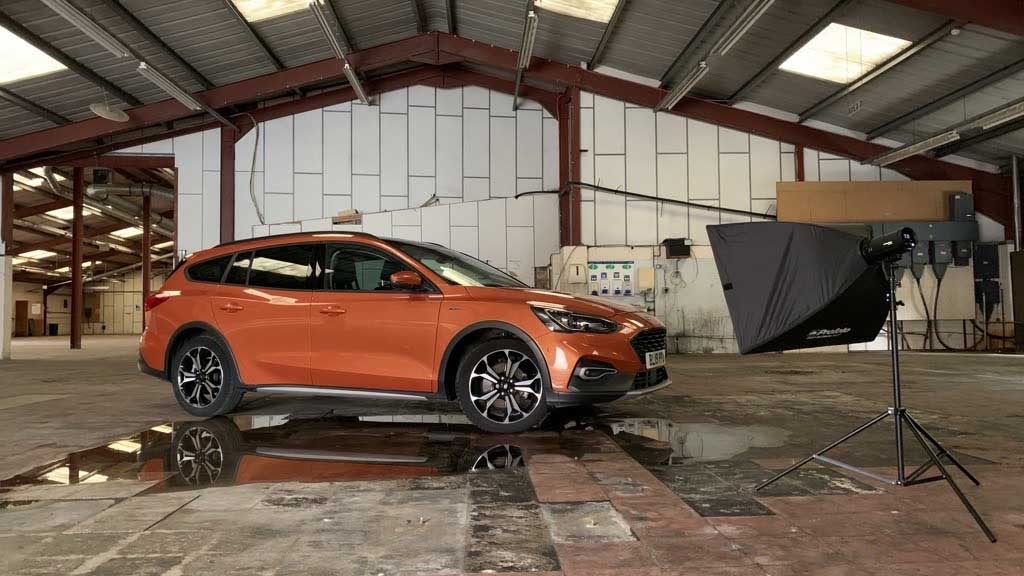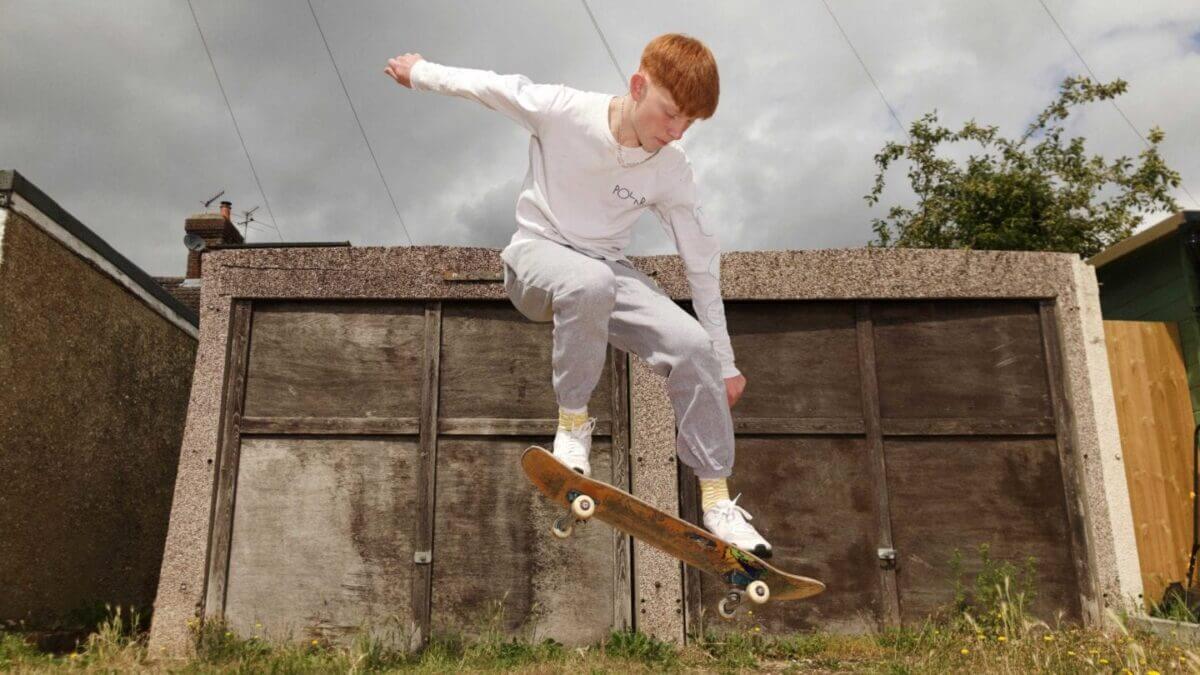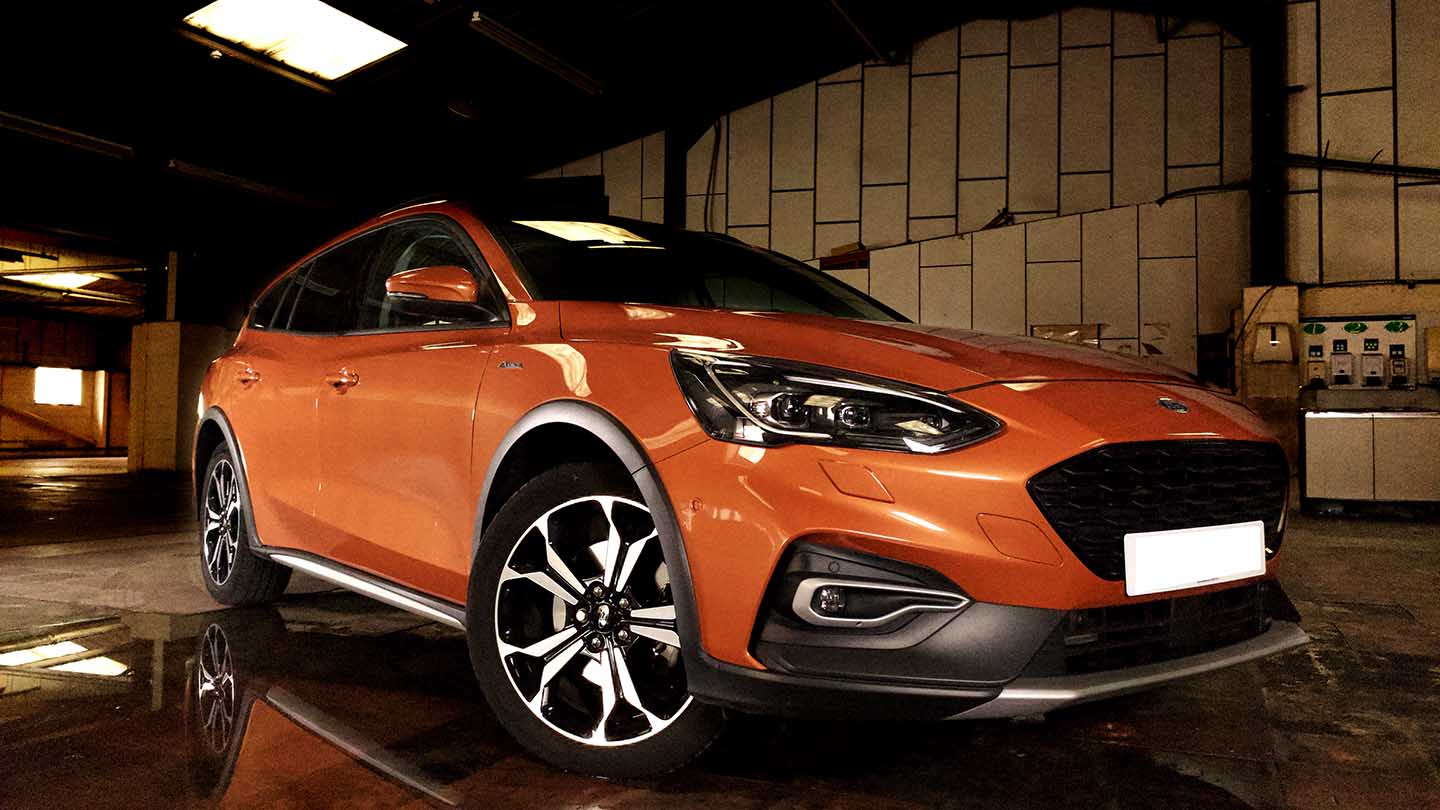Profoto AirX in itself isn’t a standalone product but a technology that enables the Profoto smartphone app to talk to the Profoto B10 series of lighting. It’s essentially part of the Profoto App that enables your iPhone to communicate with the Profoto B10 or B10 Plus units. In effect, it transforms your phone into a camera with built-in Air Remote.
Once the unit is connected through Bluetooth, you can compose and shoot images in the same way as you would if shooting with a more traditional DILC.
The Profoto app is free but you need a compatible light to use it.
AirX isn’t the first time that Profoto has ventured into the world of mobile photography; the company already has the compact C1 plus. But, what makes AirX different is that it utilises the B10 and B10 Plus portable flashlights.
It’s clever stuff, and a free download or update to the existing iPhone App includes all you need and is free. Of course, you also need a B10 or B10 Plus, which are far from free. At present, the AirX technology isn’t working on Android systems, but Profoto is working on this and hopes to have an update soon.
Essentially, what the AirX technology enables you to do is fully utilise the power of your iPhone to shoot using portable studio lighting. This means that you can capture images at a quality that would never have been possible before.
The question is, can the iPhone 11 Pro with a B10 Plus challenge the professional use of a traditional DILC?

